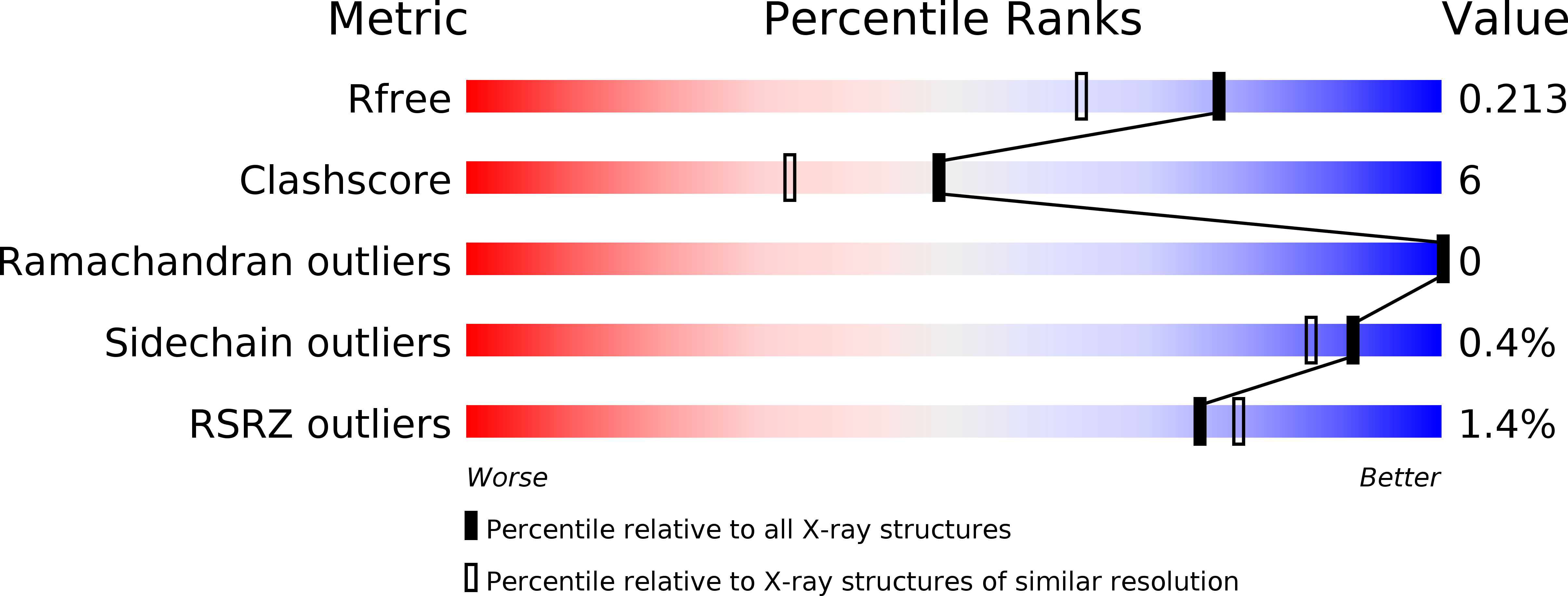
Deposition Date
2011-04-19
Release Date
2011-06-29
Last Version Date
2025-02-19
Entry Detail
PDB ID:
3RLH
Keywords:
Title:
Crystal structure of a class II phospholipase D from Loxosceles intermedia venom
Biological Source:
Source Organism:
Loxosceles intermedia (Taxon ID: 58218)
Host Organism:
Method Details:
Experimental Method:
Resolution:
1.72 Å
R-Value Free:
0.19
R-Value Work:
0.16
R-Value Observed:
0.16
Space Group:
P 1 21 1


